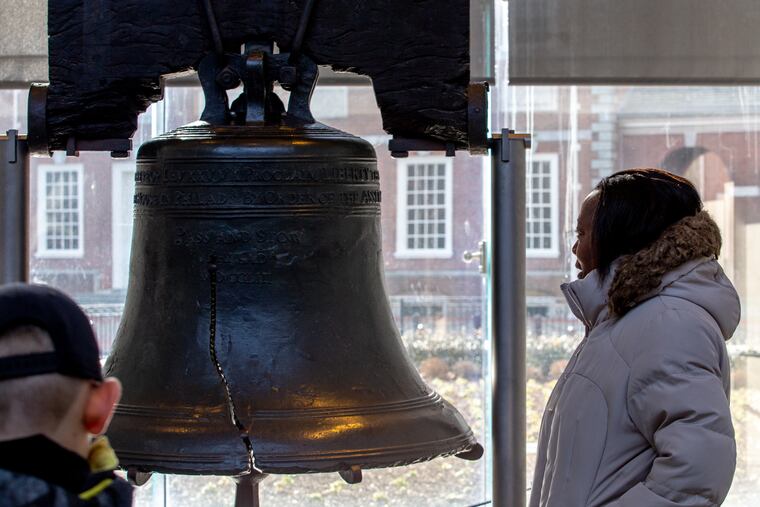The great outdoors may get greater, thanks to Congress | Editorial
Tourists flock to public lands, which protect nature and drive local economies. This bill should remind us that we can still find points of agreement, and our leaders should work these patches of common ground.

Our public spaces have been put under extreme pressure in the last few months. Since the pandemic lockdown, people have headed for open spaces to revive their mental and physical health. More recently, public spaces across the city and the country have played a key role in protests and demonstrations, reminding us how important they are for democracy’s health, too.
In June, the Senate met this moment by passing the Great American Outdoors Act, providing critical funding for a popular environmental conservation program, and putting billions toward the upkeep of public lands. Expected to pass in the House, it is a rare feat of bipartisan cooperation in an uneasy moment.
Most Americans, hiker or hunter, support environmental conservation. Tourists flock to public lands, which protect nature and drive local economies. Independence Day is an occasion to think about American unity. This bill should remind us that we can still find points of agreement, and our leaders should work these patches of common ground.
The Great American Outdoors Act secures $900 million a year for the Land and Water Conservation Fund (LWCF) and would put $1.9 billion annually for five years toward a backlog of deferred maintenance at national parks, forests, wildlife refuges, and recreation areas. Both are overdue but welcome investments in our public lands.
» READ MORE: Independence Park, Valley Forge, Pinelands could benefit from bill with billions for conservation
The fund was established in 1965 and has been used nationwide to invest in city and state parks, protect watersheds and working farms, preserve battlefields, and critical habitat. The program has never had stable funding.
LWCF is funded not through tax dollars, but revenue from federal leases to companies drilling for oil and gas, largely offshore. It is a compromise balancing energy needs with environmental priorities, where the dirty hand washes the other clean. But pinning this conservation program’s dependence on a fossil fuel future is not sustainable. And given the risks of offshore drilling, future administrations may limit new leases (as candidate Joe Biden has proposed), diminishing this revenue source as old ones expire.
While the Great American Outdoors Act provides $9.5 billion to fix and repair our aged national park infrastructure — and we fervently hope that Independence National Historical Park is near the top of the list — the National Park Service recently estimated its deferred maintenance at $12 billion. Our public lands are already underresourced and overused. If travel restrictions and the threat of contagion curb far-flung travel, we can expect even more people trying to enjoy America’s parks. That extra burden may mean this $9.5 billion may not stretch far enough.
The bill’s bipartisan support was in part due to its potential to create jobs, particularly in rural economies hurt by pandemic-related unemployment. Congress could do one better by advancing legislation to pair this funding with a conservation jobs program, putting people back to work rebuilding park infrastructure.
By reinvesting in the public places that we share, Congress is supporting what we the people have loved all along. Besides being places where we can reset our too-wired brains, they are places of deep memory; before this land was our land, belonging to Indigenous forebears. Our public lands are a powerful inheritance and a wise bet on the future.